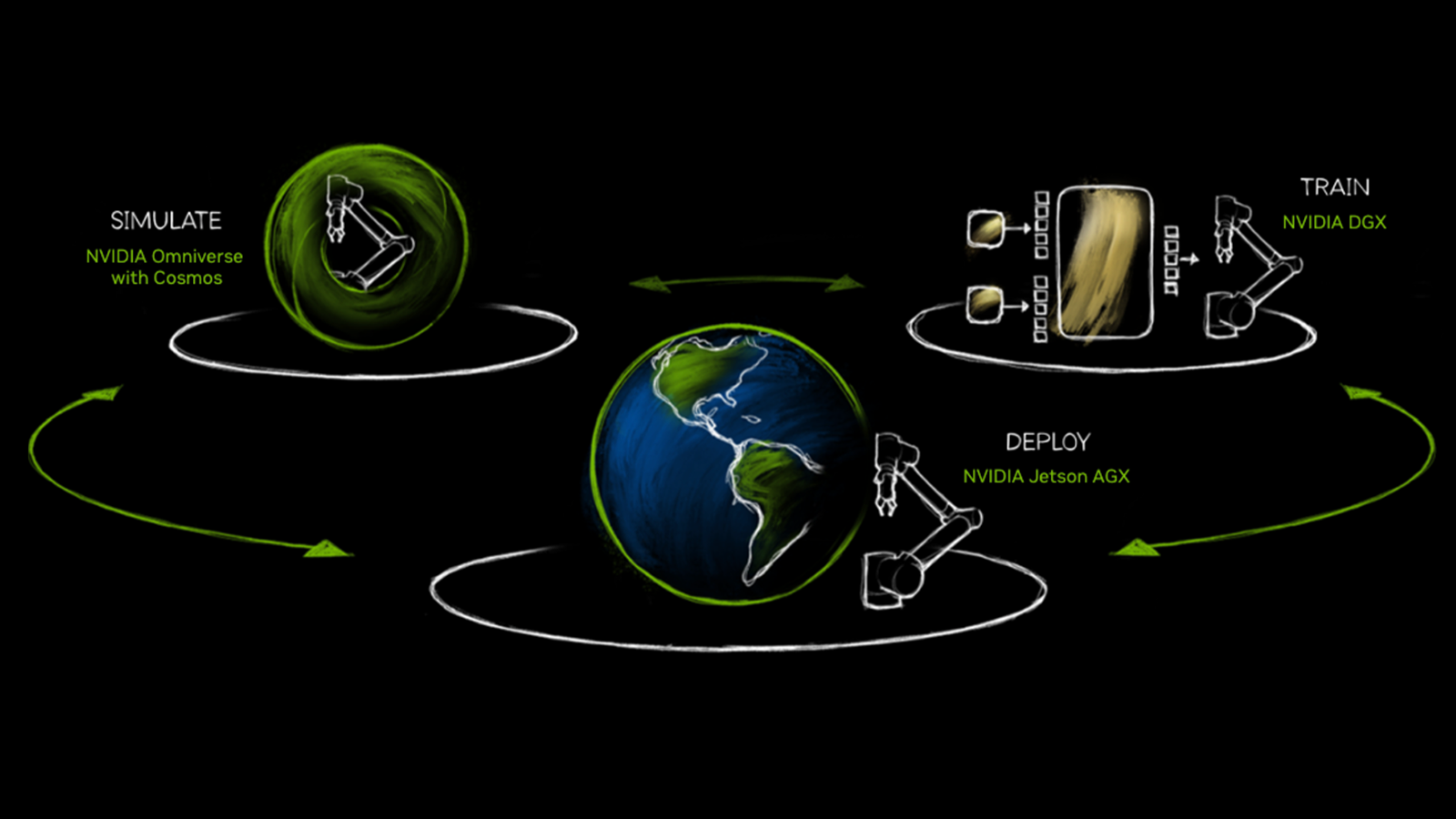NVIDIA and Partners Unveil Cutting-Edge AI-Powered Robotics at Automate 2025
The manufacturing industry is undergoing a seismic shift as AI-powered robotics take center stage to address labor shortages and operational inefficiencies. At Automate 2025, the premier robotics and automation event in North America, NVIDIA and its partners-including KUKA, Universal Robots, Vention, and Standard Bots-are showcasing groundbreaking solutions powered by NVIDIA’s accelerated computing, Omniverse, and Isaac platforms. These innovations promise to redefine industrial automation, enabling factories and warehouses to operate with unprecedented efficiency.
Key Innovations Driving Industrial Automation
NVIDIA’s synthetic data generation blueprint, unveiled at the event, is set to revolutionize robot training. Traditionally, embodied AI systems required vast amounts of real-world data, a resource-intensive process. The new NVIDIA Isaac Lab 2.1 leverages synthetic data via the Isaac GR00T Blueprint, built on Omniverse and Cosmos world foundation models. This accelerates training for manipulators and humanoid robots, reducing development time and costs.
Robotics leaders are already harnessing these advancements. Universal Robots introduced the UR15, its fastest collaborative robot yet, enhanced by NVIDIA Isaac’s CUDA-accelerated libraries. Vention’s MachineMotion AI, powered by NVIDIA Jetson, integrates real-time vision processing and autonomous decision-making, while Standard Bots showcased a heavy-duty manipulator trained using NVIDIA Isaac Sim. KUKA also revealed its KR C5 Micro-2 controller, equipped with NVIDIA Jetson for AI-ready applications.
AI Agents Transform Manufacturing Workflows
Beyond hardware, NVIDIA’s AI Blueprint for video search and summarization (VSS) is enabling factories to deploy visual AI agents. These agents analyze video data to optimize processes like visual inspection and worker safety. Siemens’ Industrial Copilot, powered by NVIDIA NIM and NeMo Retriever, exemplifies this shift, offering natural language guidance for shop floor operators.
Pros & Cons
Pros
- **Faster robot training** with synthetic data reduces development cycles and costs.
- **Enhanced collaboration** between humans and AI improves operational efficiency.
Cons
- High initial investment may deter smaller manufacturers from adopting these solutions.
- Dependence on NVIDIA’s ecosystem could limit flexibility for some enterprises.
Frequently Asked Questions
What is the significance of synthetic data in AI-powered robotics?
Synthetic data eliminates the need for extensive real-world datasets, enabling faster and more cost-effective robot training for diverse tasks.
How does NVIDIA’s VSS blueprint enhance manufacturing?
It enables AI agents to analyze video data in real time, optimizing processes like quality control and safety monitoring without manual oversight.
Which industries benefit most from these robotics advancements?
Automotive, aerospace, logistics, and general manufacturing stand to gain significantly from AI-powered automation and collaborative robots.
